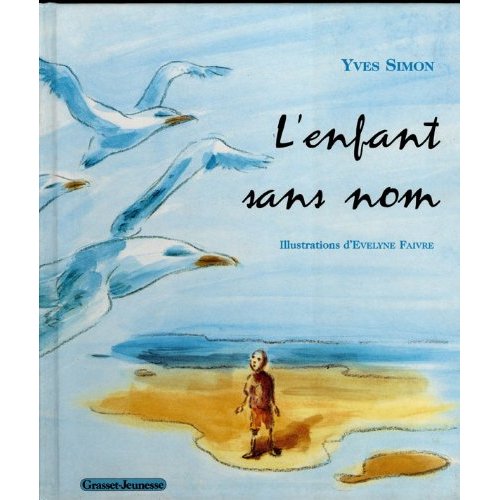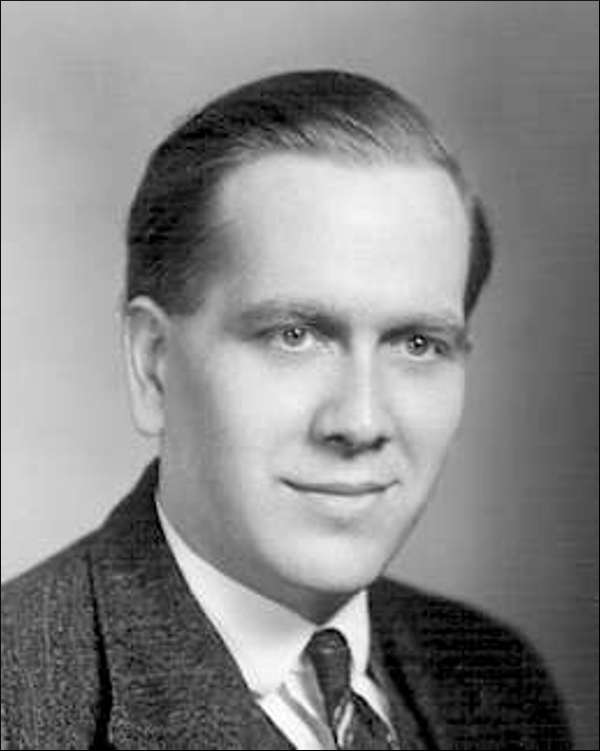
- L'enfant sans nom
- Published by: Grasset
- Level: Beginner
- First Published in: 2001
L’enfant sans nom by Yves Simon is a poetic children’s tale about a young boy who travels around the world trying to find his name. It is a story about not having an identity, about searching for your origins, and about it being alright to have adventures, even when one feels lost.

L’enfant sans nom by Yves Simon is a poetic children’s tale about a young boy who travels around the world trying to find his name. It is a story about not having an identity, about searching for your origins, and about it being alright to have adventures, even when one feels lost. It features Eastern spirituality and references to Buddha’s wise words and the idea of reincarnation, concepts that are becoming quite popular in French philosophy.
"The book philosophically muses how the names of everything 'doit être inscrit sur les registres de l’univers pour pouvoir trouver un jour sa place' (have been written on the records of the universe and will one day find their place in the world)."
The nameless boy first wants to be called like any kind of sea-faring vessel, such as a “paquebot” ship or “trimaran” boat. He then wishes he were completely transformed into an airplane with “deux réacteurs sous les bras” (two jet engines under his arms) and “un tableau de bord avec mille carans devant les yeux” (a dashboard with a thousand dials in front of his eyes). This fusion of child and airplane gives way to a joke, as the boy imagines an overhead speaker in the airplane calling for “L’enfant Airbus 240” (Child Airbus 240). The book philosophically muses how the names of everything “doit être inscrit sur les registres de l’univers pour pouvoir trouver un jour sa place” (have been written on the records of the universe and will one day find their place in the world). The boy, in his quest to find his name, is emphatically compared to “un amoureux” (a lover) running to his “nom adore” (beloved name).

His first stop is Japan. The boy decides to call himself Tokyo because “là que chaque matin pointaient les premiers rayons du soleil” (that is where the first rays of sun shine every morning). The sun drawn on his t-shirt suggests his love for this name. He then travels to China, where he befriends a horse whose chestnut mane is beautifully compared to a bride’s long wedding train. Readers feel they are in the Chinese desert because of references to frequent “orage” (storms) and “yourte en peau” (yurts)
Then, the story takes a spiritual turn, mentioning how the horse used to be a butterfly that once landed on “le front du Bouddha endormi” (the forehead of sleeping Buddha), evoking both reincarnation and Buddhism. Travelling to India with the horse, on Buddha’s recommendation, the child with no name meets a wise old man. The child loses his horse and starts crying, and the old man tells him that he should cry only when “un lion a manqué son train” (a lion has missed his train) or “un hippopotamus essaye en vain d’embrasser une giraffe et lui accrocher un collier de diamants autour du cou” (a hippo tries to kiss a giraffe and put a diamond necklace around its throat). This basically means that the old man thinks crying is absurd and doesn’t solve anything, though his words are also meant to make young readers laugh.
"It features Eastern spirituality and references to Buddha’s wise words and the idea of reincarnation, concepts that are becoming quite popular in French philosophy."
Finally, the boy asks the wise old man, “Je voudrais que tu me fasses connaître le lieu du monde où je saurai enfin qui je suis” (I want you to tell me the place in the world where I will finally know who I am). In the last scene, the young boy, evidently named Pierre, feels his mother’s warmth in a department store in Paris. He has gone around the world to find out his home is where he started.

